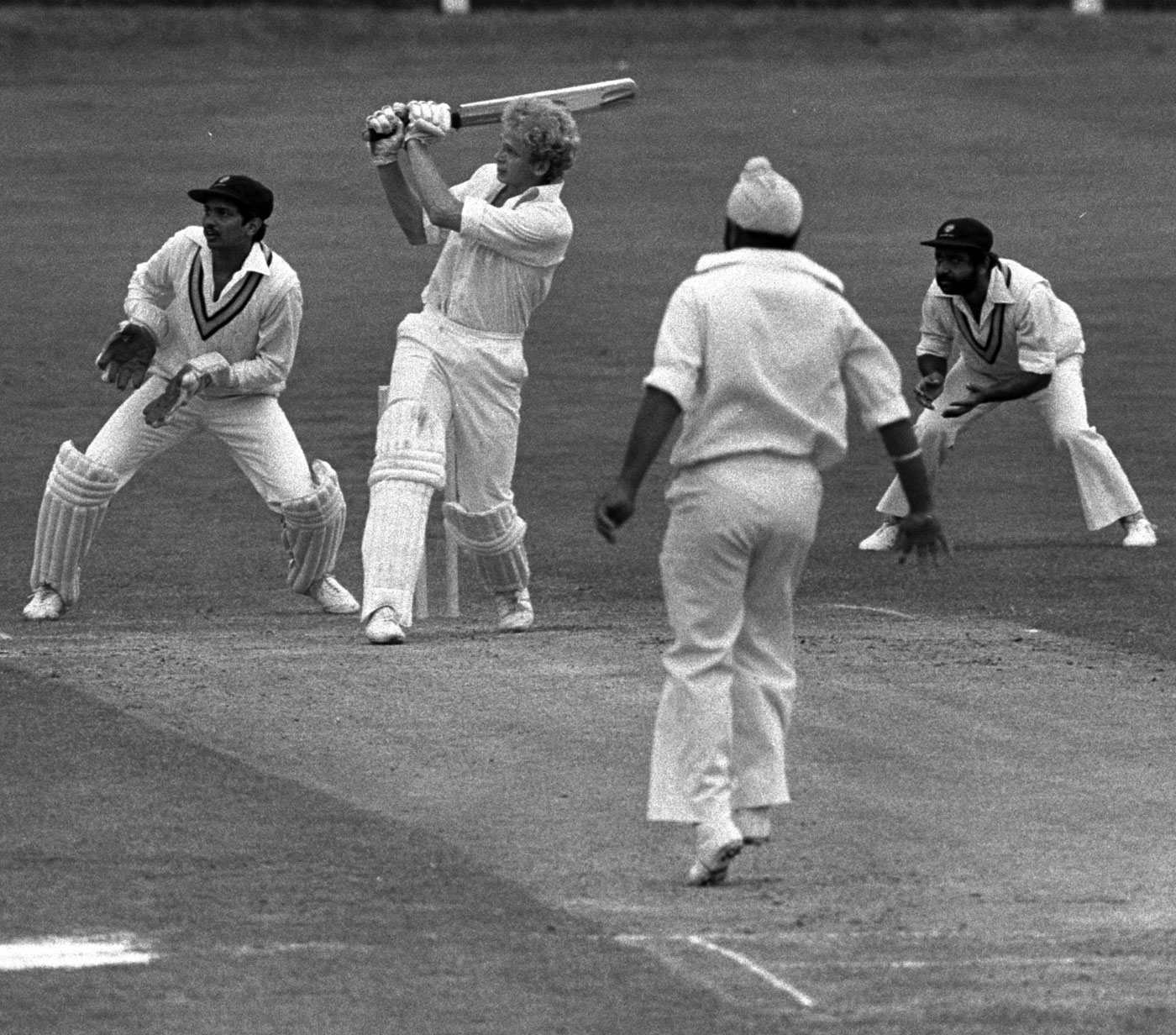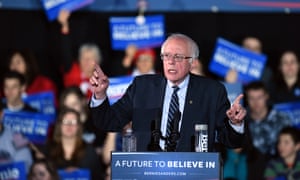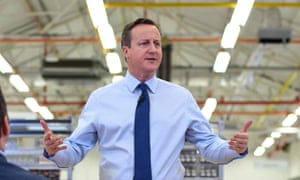
Picture shows Indian nationals stranded in Yemen being evacuated from Djibouti on board an Indian Air Force aircraft.
Nitin Pai in The Hindu
New Delhi ought to review the risks to its diaspora populations and create the capacity to act in their interests should the need arise — without offending foreign governments, of course.
Many people involved in the massive evacuation of Indian expatriates from Kuwait in 1990 are disappointed at the mischaracterisation of the role of the politicians, diplomats and airline officials in Airlift, a new Hindi film based on that incident. While film-makers have dramatic licence to set fiction against facts, diplomats are rightly upset that the story of the biggest ever air evacuation in history, carried out by a resource-strapped government in the throes of political and economic crises, has deliberately painted foreign service officers in negative light.
K.P. Fabian, who headed the Gulf desk at the Ministry of External Affairs (MEA) during that episode, is quoted in this newspaper as saying “young people who are watching this film are getting a wrong impression of their history”. Nirupama Rao, former Foreign Secretary, criticised the production of falling short on its research. Even the MEA’s official spokesperson stepped in to set the record straight. It is unfortunate that the producers felt the need to reinforce popular prejudices of uncaring bureaucrats in that one area where that prejudice could not be more wrong.
Whatever you might think of the Indian government, when it comes to expatriate citizens in conflict zones, our diplomats go to great extents to ensure their safety. The airlift from Kuwait is only the biggest and the most famous one — more recently Indian diplomats and armed forces coordinated mass evacuations from Lebanon (in 2006), Libya (2011) and Yemen (2015). This is a job our diplomats, armed forces and airline officials do well, and it is unfair and self-defeating to cast them in poor light.
The damage, however, is done. But the public interest arising from the movie and the debate over the accuracy of its portrayal of the government’s role is a good opportunity to focus on the issue of diaspora security.Indians around the world
According to government figures, as of January 2015, there were 11 million Non-Resident Indians (NRIs) and 17 million Persons of Indian Origin (PIOs) around the world. The largest populations were in the Gulf, the United States, United Kingdom, Southeast Asia and Nepal. On the thin end, there were seven Indians in North Korea, two in Nauru and one in Micronesia.
Until the turn of the century, the government’s relationship with overseas Indians has been twofold. Indian citizens (NRIs) were treated differently from ethnic Indians holding other citizenships. While the government concerned itself with the former, the latter were encouraged to be loyal and upstanding citizens of their respective countries.
In the recently released Netaji Files, in 1960, Prithi Singh, India’s envoy to Malaya, reminds headquarters that “our own expressed policy has been to encourage persons of Indian origin, domiciled abroad, to absorb themselves into the life of these countries and I feel that any step which we might take which helps them to maintain rigidly their emotional and/or communal links with India, actually prevents them from giving their whole-hearted loyalty to the countries of their adoption”.
This policy has served India and overseas Indians well. If the Indian diaspora is highly successful and integrated into the societies around the world, it is in part due to the fact that the loyalties of persons of Indian origin are beyond doubt. They might retain Indian customs and faith, but they bat for the interests of the country they are citizens of.
New Delhi ought to review the risks to its diaspora populations and create the capacity to act in their interests should the need arise — without offending foreign governments, of course.
Many people involved in the massive evacuation of Indian expatriates from Kuwait in 1990 are disappointed at the mischaracterisation of the role of the politicians, diplomats and airline officials in Airlift, a new Hindi film based on that incident. While film-makers have dramatic licence to set fiction against facts, diplomats are rightly upset that the story of the biggest ever air evacuation in history, carried out by a resource-strapped government in the throes of political and economic crises, has deliberately painted foreign service officers in negative light.
K.P. Fabian, who headed the Gulf desk at the Ministry of External Affairs (MEA) during that episode, is quoted in this newspaper as saying “young people who are watching this film are getting a wrong impression of their history”. Nirupama Rao, former Foreign Secretary, criticised the production of falling short on its research. Even the MEA’s official spokesperson stepped in to set the record straight. It is unfortunate that the producers felt the need to reinforce popular prejudices of uncaring bureaucrats in that one area where that prejudice could not be more wrong.
Whatever you might think of the Indian government, when it comes to expatriate citizens in conflict zones, our diplomats go to great extents to ensure their safety. The airlift from Kuwait is only the biggest and the most famous one — more recently Indian diplomats and armed forces coordinated mass evacuations from Lebanon (in 2006), Libya (2011) and Yemen (2015). This is a job our diplomats, armed forces and airline officials do well, and it is unfair and self-defeating to cast them in poor light.
The damage, however, is done. But the public interest arising from the movie and the debate over the accuracy of its portrayal of the government’s role is a good opportunity to focus on the issue of diaspora security.Indians around the world
According to government figures, as of January 2015, there were 11 million Non-Resident Indians (NRIs) and 17 million Persons of Indian Origin (PIOs) around the world. The largest populations were in the Gulf, the United States, United Kingdom, Southeast Asia and Nepal. On the thin end, there were seven Indians in North Korea, two in Nauru and one in Micronesia.
Until the turn of the century, the government’s relationship with overseas Indians has been twofold. Indian citizens (NRIs) were treated differently from ethnic Indians holding other citizenships. While the government concerned itself with the former, the latter were encouraged to be loyal and upstanding citizens of their respective countries.
In the recently released Netaji Files, in 1960, Prithi Singh, India’s envoy to Malaya, reminds headquarters that “our own expressed policy has been to encourage persons of Indian origin, domiciled abroad, to absorb themselves into the life of these countries and I feel that any step which we might take which helps them to maintain rigidly their emotional and/or communal links with India, actually prevents them from giving their whole-hearted loyalty to the countries of their adoption”.
This policy has served India and overseas Indians well. If the Indian diaspora is highly successful and integrated into the societies around the world, it is in part due to the fact that the loyalties of persons of Indian origin are beyond doubt. They might retain Indian customs and faith, but they bat for the interests of the country they are citizens of.
Courting the diaspora
The longstanding policy began to shift in the 1990s, with India looking East and West initially due to economic adversity and subsequently due to opportunity. The Atal Bihari Vajpayee government put the courtship on a formal footing with a high-level committee recommending the long-term visas under a PIO Card Scheme, a grand conference and recognition in the form of awards. The United Progressive Alliance government constituted an entire ministry for overseas Indians which, wisely, the Narendra Modi government has recently decided to merge back into the MEA.
No Prime Minister has gone so far out to court overseas Indians as Narendra Modi. Reaching out to the humble construction worker, the middle-class professional and the wealthy elite has galvanised the emotional links NRIs have with their home country. Mr. Modi has reinforced the growing feeling among NRIs since the turn of the century that India is a great country to be from.
Mr. Modi’s highly publicised engagement of overseas Indians changes the tenor of the government’s old policy to downplay their emotional links to India. It is for the Prime Minister to decide what the new policy should be. What we should recognise is that change comes with risks that need to be managed.
First, to the extent that New Delhi is seen to engage NRIs and protect their interests in foreign countries, foreign governments will not consider it an intrusion in their politics. However, if New Delhi begins to speak out on behalf of ethnic Indians who are not Indian citizens, then the interventions are likely to encounter resistance. In 2007, Malaysian politicians reacted viciously when Indian politicians made comments critical of Kuala Lumpur’s strong-arm tactics against its Indian minorities.
The modern world is constructed on the Westphalian model, where sovereign states relinquished their right to intercede on behalf of their religious and ethnic kin in other sovereign states. To violate this norm risks inviting any number of foreign interventions into our own domestic affairs.
Second, the reputation that PIOs have cultivated over several decades for being loyal citizens of the countries they live in can come under a shadow. In many parts of the non-Western world, countries are still reconciling with their nationhood and identity.
Any suspicion, even at the margin, of PIOs having multiple loyalties can be detrimental to their interests. Notice how the Singapore government insisted that only NRIs attend Mr. Modi’s public event, demarcating the line between its own citizens of Indian ethnicity and expatriates with Indian citizenship.
The longstanding policy began to shift in the 1990s, with India looking East and West initially due to economic adversity and subsequently due to opportunity. The Atal Bihari Vajpayee government put the courtship on a formal footing with a high-level committee recommending the long-term visas under a PIO Card Scheme, a grand conference and recognition in the form of awards. The United Progressive Alliance government constituted an entire ministry for overseas Indians which, wisely, the Narendra Modi government has recently decided to merge back into the MEA.
No Prime Minister has gone so far out to court overseas Indians as Narendra Modi. Reaching out to the humble construction worker, the middle-class professional and the wealthy elite has galvanised the emotional links NRIs have with their home country. Mr. Modi has reinforced the growing feeling among NRIs since the turn of the century that India is a great country to be from.
Mr. Modi’s highly publicised engagement of overseas Indians changes the tenor of the government’s old policy to downplay their emotional links to India. It is for the Prime Minister to decide what the new policy should be. What we should recognise is that change comes with risks that need to be managed.
First, to the extent that New Delhi is seen to engage NRIs and protect their interests in foreign countries, foreign governments will not consider it an intrusion in their politics. However, if New Delhi begins to speak out on behalf of ethnic Indians who are not Indian citizens, then the interventions are likely to encounter resistance. In 2007, Malaysian politicians reacted viciously when Indian politicians made comments critical of Kuala Lumpur’s strong-arm tactics against its Indian minorities.
The modern world is constructed on the Westphalian model, where sovereign states relinquished their right to intercede on behalf of their religious and ethnic kin in other sovereign states. To violate this norm risks inviting any number of foreign interventions into our own domestic affairs.
Second, the reputation that PIOs have cultivated over several decades for being loyal citizens of the countries they live in can come under a shadow. In many parts of the non-Western world, countries are still reconciling with their nationhood and identity.
Any suspicion, even at the margin, of PIOs having multiple loyalties can be detrimental to their interests. Notice how the Singapore government insisted that only NRIs attend Mr. Modi’s public event, demarcating the line between its own citizens of Indian ethnicity and expatriates with Indian citizenship.
Airlifts of the future
Finally, the airlifts and naval evacuations of the future might be more complex in a context where there is a conflation of NRIs, PIO card-holders and other ethnic Indians with foreign citizenships. During crises when time and resources are tight, who should Indian diplomats prioritise? Will they have moral grounds to put non-citizens on a lower priority than citizens? If they do, what impact will it have on the Indian government’s reputation and the expectations it has created? New Delhi ought to review the political and security risks to its diaspora populations and create the capacity to act in their interests should the need arise.
It is unclear if India’s overstretched diplomatic corps has been tasked with paying greater attention to multilateral arrangements, institutions and agreements that pertain to diaspora-related interventions.
Similarly, the external intelligence establishment needs to be reoriented towards gathering and analysing information relating to the threats that diaspora populations might face. The conceptual move from defending the homeland to defending the diaspora needs a concomitant retooling of government machinery.
Diaspora security will require more naval ships, wider patrolling, foreign berthing and outposts. Military heavy lifting capacity apart, it will also require policy measures, like for instance, licence conditions in civil aviation requiring private airlines to put their aircraft and crew at the government’s disposal during emergencies.
The commitments that India makes require the state to have the capacity to redeem them. If we widen the scope of our commitments, we must invest in the capacity to carry out the airlifts of the future.
Finally, the airlifts and naval evacuations of the future might be more complex in a context where there is a conflation of NRIs, PIO card-holders and other ethnic Indians with foreign citizenships. During crises when time and resources are tight, who should Indian diplomats prioritise? Will they have moral grounds to put non-citizens on a lower priority than citizens? If they do, what impact will it have on the Indian government’s reputation and the expectations it has created? New Delhi ought to review the political and security risks to its diaspora populations and create the capacity to act in their interests should the need arise.
It is unclear if India’s overstretched diplomatic corps has been tasked with paying greater attention to multilateral arrangements, institutions and agreements that pertain to diaspora-related interventions.
Similarly, the external intelligence establishment needs to be reoriented towards gathering and analysing information relating to the threats that diaspora populations might face. The conceptual move from defending the homeland to defending the diaspora needs a concomitant retooling of government machinery.
Diaspora security will require more naval ships, wider patrolling, foreign berthing and outposts. Military heavy lifting capacity apart, it will also require policy measures, like for instance, licence conditions in civil aviation requiring private airlines to put their aircraft and crew at the government’s disposal during emergencies.
The commitments that India makes require the state to have the capacity to redeem them. If we widen the scope of our commitments, we must invest in the capacity to carry out the airlifts of the future.









